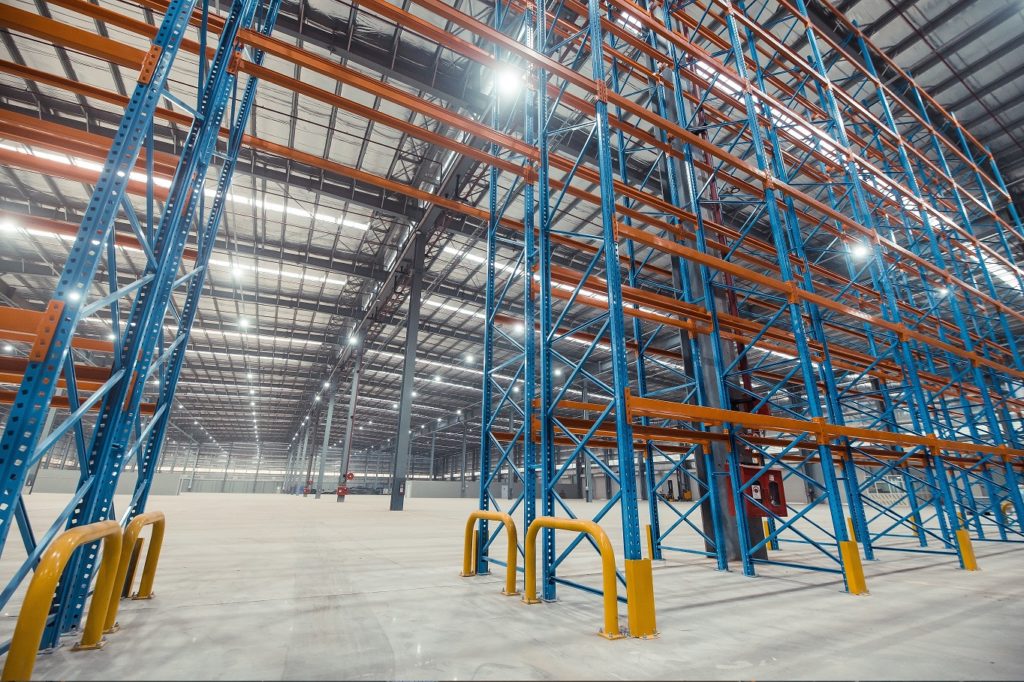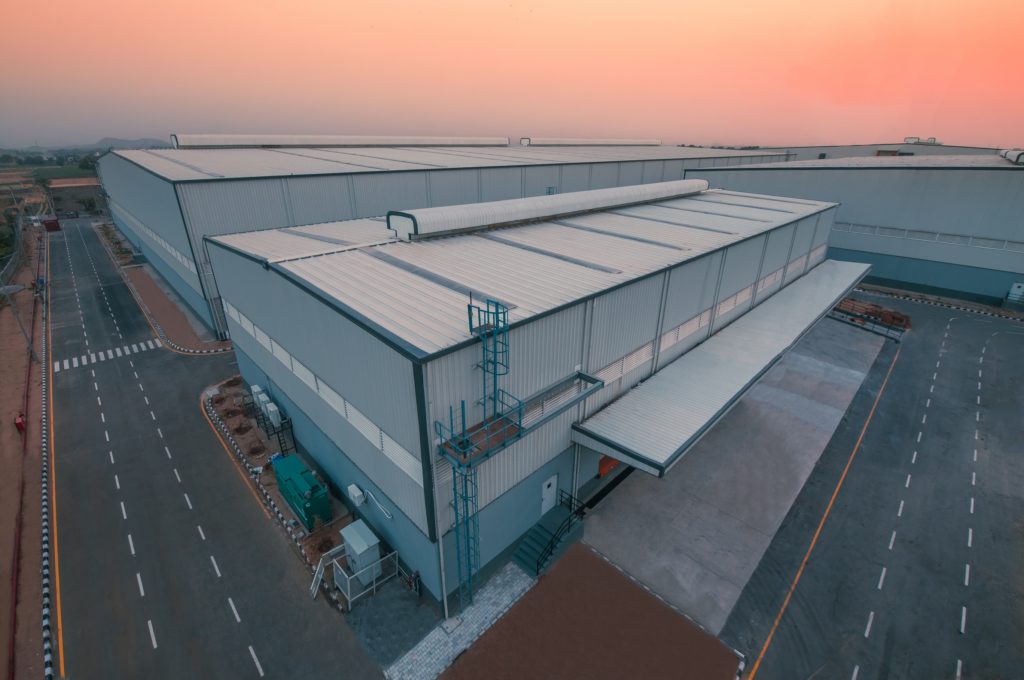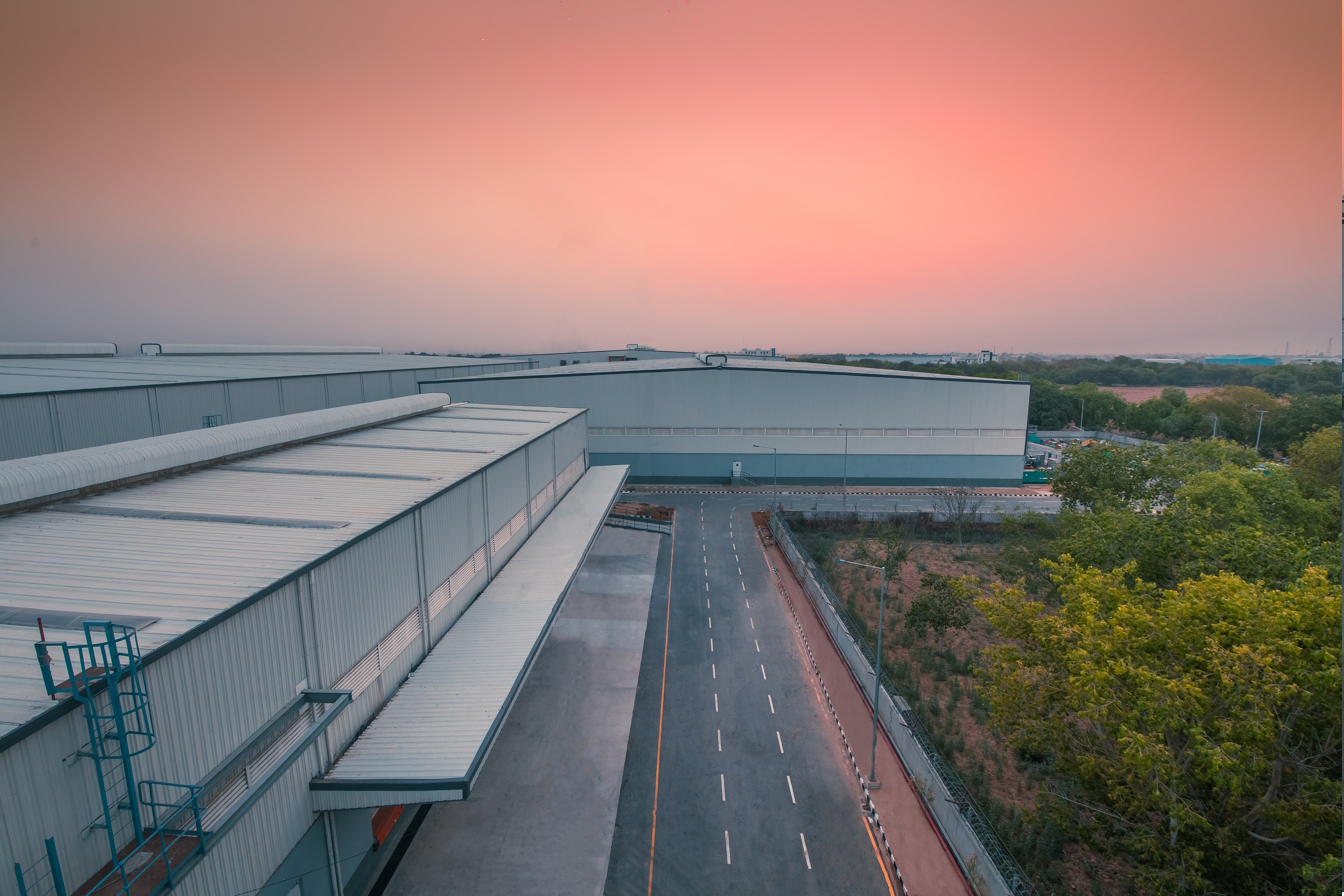Supply chain is never complete without understanding the manufacturing process and schedules. Managers need to understand demand forecasting and use the right technology to clock in the demand from across the country, not to forget the exports. However, with the auto industry slowdown, supply chain managers are feeling the need to make appropriate changes with time.
The supply chain needs to be dynamic and agile enough to respond quickly to the varying demand needs. It is important to have a sourcing strategy that is predictable in terms of producing, transportation, warehousing and distribution. Secondly, supply chain visibility using rich set of technologies such as IoT, barcodes, RFIDs, Data analytics available today. Thirdly, superior intelligence constantly churned out of available operational data through AI and Machine Learning techniques to augment abilities to make smart and quick decisions that can be implemented.
The Right Tools
Effective supply chain management (SCM) is key to business and it is important that the right tools or programmes are in place to ensure the availability of your products at the right place and the right time. “We have developed our in-house WMS which works on similar principles of Six Sigma where possible for gatekeeping checks – even though it lengthens the process in the warehouse; it ensures that the product is correct at the time of dispatch and on time. We are working with a company to implement IOT in the warehouse for error checking through security systems,” says Aditya Vazirani, CEO, Robinsons Global Logistics Solutions. In the era of digitalization, getting the right product available at the right place and the right time is key for differentiating the end customer experience, and the emerging technologies such as AI and IOT are empowering brands to optimize the performance of their supply chains. “We offer a product serialization solution to the brand with large supply chain networks to give a digital identity to each product with the help of IOT. Each uniquely labelled product is supported by a database containing all related data, from product images to product composition, including quality and sourcing information. All product related information is tracked against the unique ID, from the moment the product rolls off an assembly line, across its Supply Chain and till it reaches the end consumer. This allows each manufacturer to track the products across the supply chain in real time enabling them to make critical business decision based on reliable data,” says Divay Kumar, CEO & Founder, O4S.
Efficiency Issues
Strategic sourcing is key in the procurement process of high value raw materials, fuel and chemicals, packaging as well as engineering spares and services. Chetan Walunj, Co-Founder, Repos Energy adds, “a lot of industries take into account all the different important aspects of SCM while strategizing but leave out some of the most important aspects such as the impact of such a system on the end customers or the vendors and other contributors. At Repos Industries we always make sure that we don’t oversee the purpose of our product and its value for our customers. We always strive to make our SCM effective for all our stakeholders and we are always mindful of the fact that quality begets best results. So each Repos Petrol Pump at our industry is handcrafted by our team-members for best quality products. In order to drive the importance of this home for our team, we make sure that regular training sessions are conducted for all members including skilled and non-skilled labour force. Every new team-member is taken through a process that makes sure that he/she is completely aligned with the purpose and values of the company.”

Process Excellence
For efficient SCM, the organizational culture needs to promote excellence in various processes, so they can work in cohesion. Skilling the team is important and also there is various skills that are lacking at all levels. “We conduct toolbox meetings every Saturday in each of our 36 warehouses to keep a continuous training procedure happening which is documented. Process Re-engineering and adoption of new streamlined processes is the goal for 2019-2020 to drive further efficiencies, but as always, resistance to change an existing mindset is the biggest factor. When you explain how the new process is beneficial and is driven by a team leader on the ground and not the management the change is quite marvelous,” says Vazirani. A strong culture of collaboration and coordination is one of the key imperatives in achieving an efficient SCM. The holy trinity of People, Process and Technology act as the key enablers when they work in orchestration. “The planning exercise should broadly encompass all key functions of Strategy, Sales, Finance, Procurement, Production and distribution. The execution should be driven by the agreed processes that cut across these functions enabling quicker responses and decisions. Rich technology suite including ERP, Forecasting, Advanced Analytics, digital technologies should be leveraged to bind these functions and provide for real-time visibility and efficient workflows. The challenges to achieve this sweet spot would be the inherent silo tendencies of each function having goals that sometimes are in conflict with that of other functions, which can clearly overshadow the overarching objectives of an efficient SCM. The choice of performance measurement metrics and goals for these functions should align and aggregate to meet the larger goals and objectives of SCM,” avers Anjan Kumar, Vice President – Sales (APAC,EU) Business Unit Head – Engineering Solutions, Automotive and Industrial Products, AXISCADES.
Cost Control
In today’s competitive markets where brands are forced to limit pricing to stay relevant to the price-sensitive consumers, the only way to control profitability is by controlling operating costs and minimizing losses. While most companies have been successful in controlling on premise operations costs related to manufacturing, sourcing (to a certain extent), overheads due to plant automation, the same cannot be said for distribution supply-chain as it lies outside the brand’s controlled environment. Jatinder Gujral, CEO, Setco Automotive Limited explains, “the most critical parameter here is to not let inefficiency kick in. We have broken the chain down into its essential elements to make our SCM work more efficiently. And have continuously endeavoured to establish a practice that addresses the ergonomic issues that concern the shop floor. Having said that, we also look into planned maintenance, continuous training and ensure zero wastage of variable costs.” R.S. Jalan, MD, GHCL adds, “we have a monthly operational review process to fine tune our procurement planning and inventory planning in view of changing market conditions as well our production requirements. The cross functional involvement of Marketing, SCM and production teams ascertains the continuous reduction in operating cost. Additionally, we have clearly defined Key Performance Indicators (KPIs) with the aim to bring continuous improvement in each process thus leading to reduction in operating cost.”

Trend Check
There have been positive developments in recent pasts in the area of supply chain management like GST implementation, increasing axle load in trucks and promotion coastal shipping. Nishith Rastogi, CEO & Co-founder, Locus opines, “the rise of mobile has resulted in a drastic increase in the tracking of goods. Goods are now tracked right from the long haul to the last-mile of the delivery. Another trend that we see is the rise of the sharing economy even in the shipping world. Many players are using services to ship goods together and save costs. Going ahead, we will see services like Virtual Transportation Network (internal transport platform), Cross-docking (unloading materials from an incoming vehicle loading these materials directly into outbound trucks) and 3D packing (technology to use the maximum space inside a vehicle) becoming more popular amongst established players. Companies who become early adopters of these technologies for supply chain management would stay ahead in the innovation and optimization game.”
Risk Factor
The presence of a robust and well planned logistics infrastructure, effective logistics management system enables seamless movement of goods from the point of origin to that of consumption, and boosts economy. From a client perspective, the option of flexibility and customization in growing the space as per their business needs translates into being value for money. “The most critical challenge for us to cater to supply chain companies is the positioning of the logistic parks. To acquire the right piece of land with the right connectivity and scope for development within the right price is highly crucial for us. It is essential to making land acquisition rules consistent across states, thereby reducing entry barriers and mutation implications on cost and time. If all this is handled, robust logistics infrastructure can bridge the gap between tier 1, 2 & 3 cities and rural areas and the businesses can perform better and grow,” says Aditya Virwani, COO Embassy Group. Sekaran Letchumanan, Vice President – Operations, Flex India avers, “our social and environmental trainings align with Responsible Business Alliance (RBA) requirements and supplier requirements. At Flex, our efforts have been able to reduce movement times by 11.7 days a year on average and they have also allowed us to activate contingency plans when natural disasters and disruptions such as the Tianjin port explosion or Kumamoto earthquake happen. We have a centralized GPSC vertical spearheaded through the Global Business Services (GBS) organization which helps real time management. For example, Flex managed Tianjin port explosion through an effective war room at GBS- a classic example of using Flex Pulse which provided real time insights into our supply chain, helping us to act swiftly and mitigated the risk arising out of the crisis to a large extent.”
Auto Slowdown
The impact of slowdown in the auto sector will last at least for the next 18 months and OEM and OES customers are finding ways of downsizing and yet maintaining customer service levels. Slowdown in the auto sector has its clear effects on the OEMs and their supplier network. The immediate effect is piling up inventory that puts pressure on pricing, underutilization of capacity, loss of jobs. Shared mobility is not helping growth in auto sector. The long term impact due to revenue pressure is cutting of R&D spend affecting future product launches and innovation within auto sector. Further slowdown can spill over to other adjacent sectors thus hurting macro economy, if not contained soon enough. India is witnessing the most terrible slowdown in automobile sector at the verge of slowing growth in economy and rising cost for vehicle ownership. Given its strong backward and forward linkages with other industries and services, slump in the sales of cars and bikes will affect many upstream and downstream industries and services. “The fortunes of India’s logistics industry are closely tied with those of the automobile sector. With the auto sector in the midst of a slowdown for the past 10 months, the logistics sector is facing the heat for sure. Hopefully with the cut down in corporate tax, the announcement Government has made recently as a measure to boost economic growth we can expect positive changes soon,” adds Virwani. In India, there is going to be tremendous growth in the area of Logistics and Supply chain management in next 5 years and we are fortunate to contribute to this growth story.
This story first appeared in Manufacturing Today’s Oct 2019 issue here:
